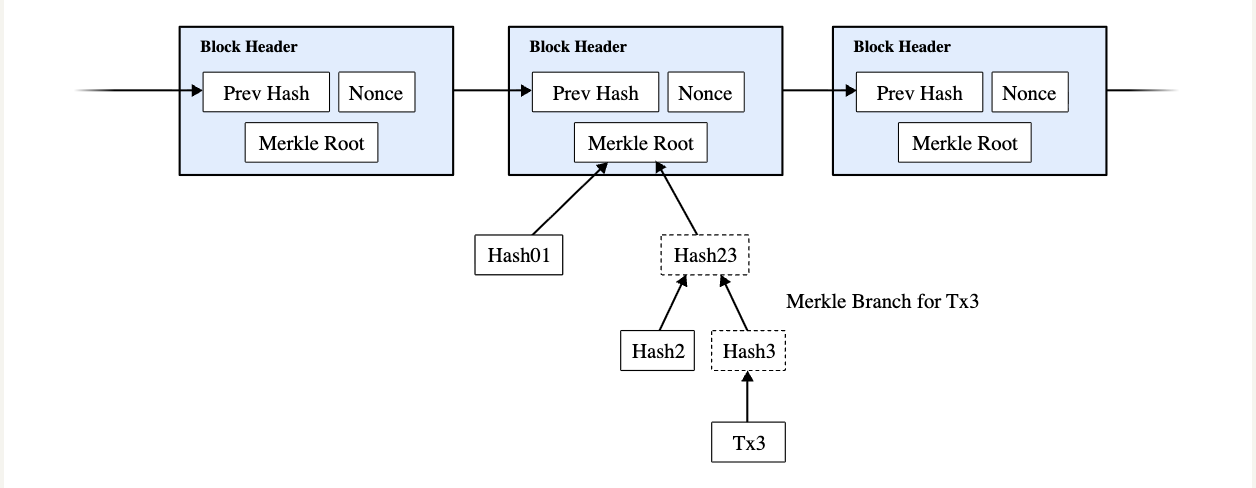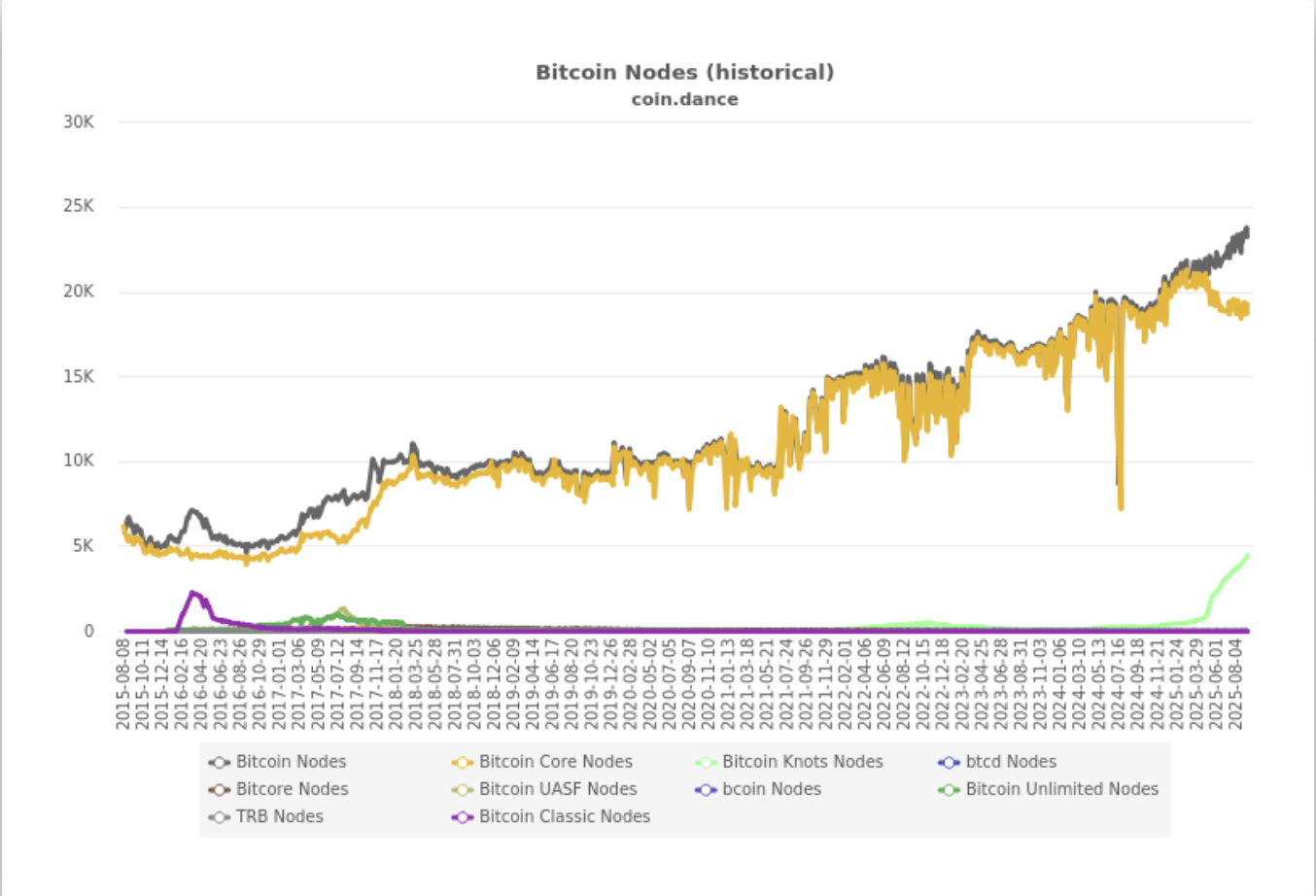
StarkWare, a leader in zero-knowledge (ZK) technology, which allows for the validation of information without disclosing its specific details, has announced the development of a ZK verification method for the Bitcoin (BTC) blockchain that is compatible with mobile devices.
This proof encompasses all Bitcoin block headers from its inception to date but does not include the entire detailed history of the Bitcoin blockchain, which exceeds 680 gigabytes in size.
Each block header contains crucial information such as the version number of the software used to mine it, a reference to its predecessor in the chain, timestamps, block sizes, and nonce—the random number miners must discover to successfully add blocks to the ledger.
The BTC ledger proof created by StarkWare is remarkably compact at just 1 megabyte (MB), enabling users to verify transactions in less than 100 milliseconds. Abdelhamid Bakhta, StarkWare’s ecosystem head, shared this insight with Cointelegraph.

An illustrated model of SPV outlined in Satoshi’s Bitcoin whitepaper. Source: Nakamoto Institute
This streamlined client builds upon Simplified Payment Verification (SPV), a concept introduced by Satoshi Nakamoto in his white paper. It provides smaller nodes with an efficient means of verifying payments without needing access to an entire ledger download.
The significance of StarkWare’s announcement lies in its potential for any user to confirm Bitcoin payments without having to establish a full node—an endeavor that can cost between $300 and $1,000 and may be too complex for many average users.
Related: Cboe plans 10-year-dated Bitcoin and Ethereum futures for US
Node storage requirements and ledger size become points of contention in BTC community
The prerequisites for operating a Bitcoin node are relatively manageable compared to other blockchain networks that may demand substantial financial investments.
Bitcoin nodes can function on standard personal computers due largely to how straightforward its protocol is; since 2009 it has only generated around 680 gigabytes worth of data.

The number of Bitcoin nodes has been steadily rising since 2015. Source: Coin Dance
This simplicity along with accessible hardware requirements plays an essential role in maintaining decentralization within this protocol while also upholding consensus mechanisms enforced by independent node operators.
If running nodes becomes prohibitively expensive due solely to increasing hardware demands then centralization risks arise as larger service providers would dominate network operations—contradicting one core principle behind bitcoin’s value proposition. Critics argue that inscriptions and ordinals alongside other non-monetary data types stored on-chain contribute further towards centralizing tendencies by inflating overall ledger sizes requiring significant amounts from operators who manage these non-financial records themselves .
A recent announcement made back May indicated developers associated with “Bitcoin Core,” responsible software utilized by approximately eighty percent current BTC node runners , will implement changes during upcoming release scheduled October aimed at eliminating OP_Return limits which restricts quantity allowed embed within transactions related specifically non-monetary data storage .
The breakdown different implementations bitcoin node software source coin dance
Currently set limit stands at eighty bytes – insufficient accommodate majority images multimedia content available today – proposed modification sparked historic surge interest among users adopting alternative known “Bitcoin Knots” offering more customizable parameters including options allowing them control amount OP_Return stored memory pools relayed others .
As result Knots now account nearly twenty percent total network share projected into two thousand twenty-five representing almost vertical increase compared end two thousand twenty-four when they comprised roughly one percent market segment .
Magazine : Security budget problem impending crisis or FUD ?